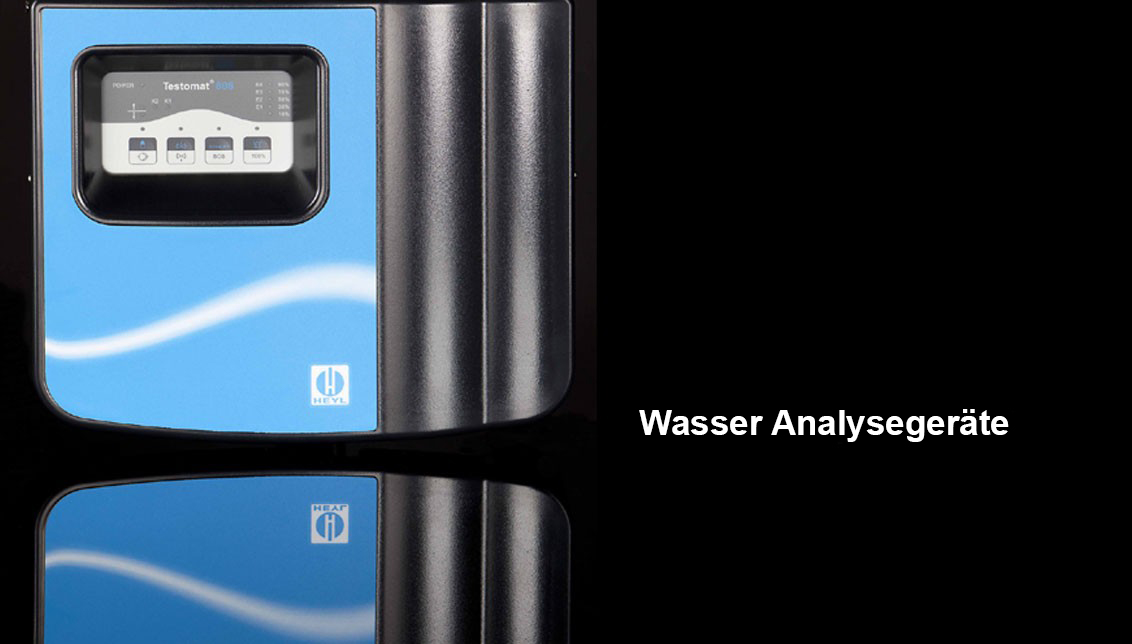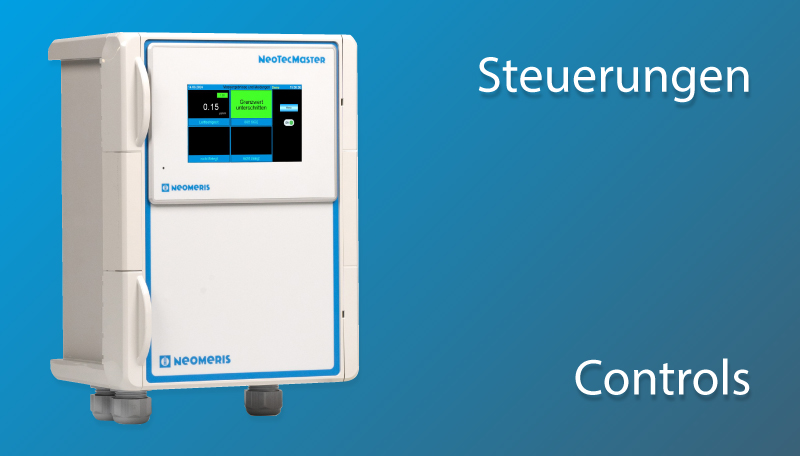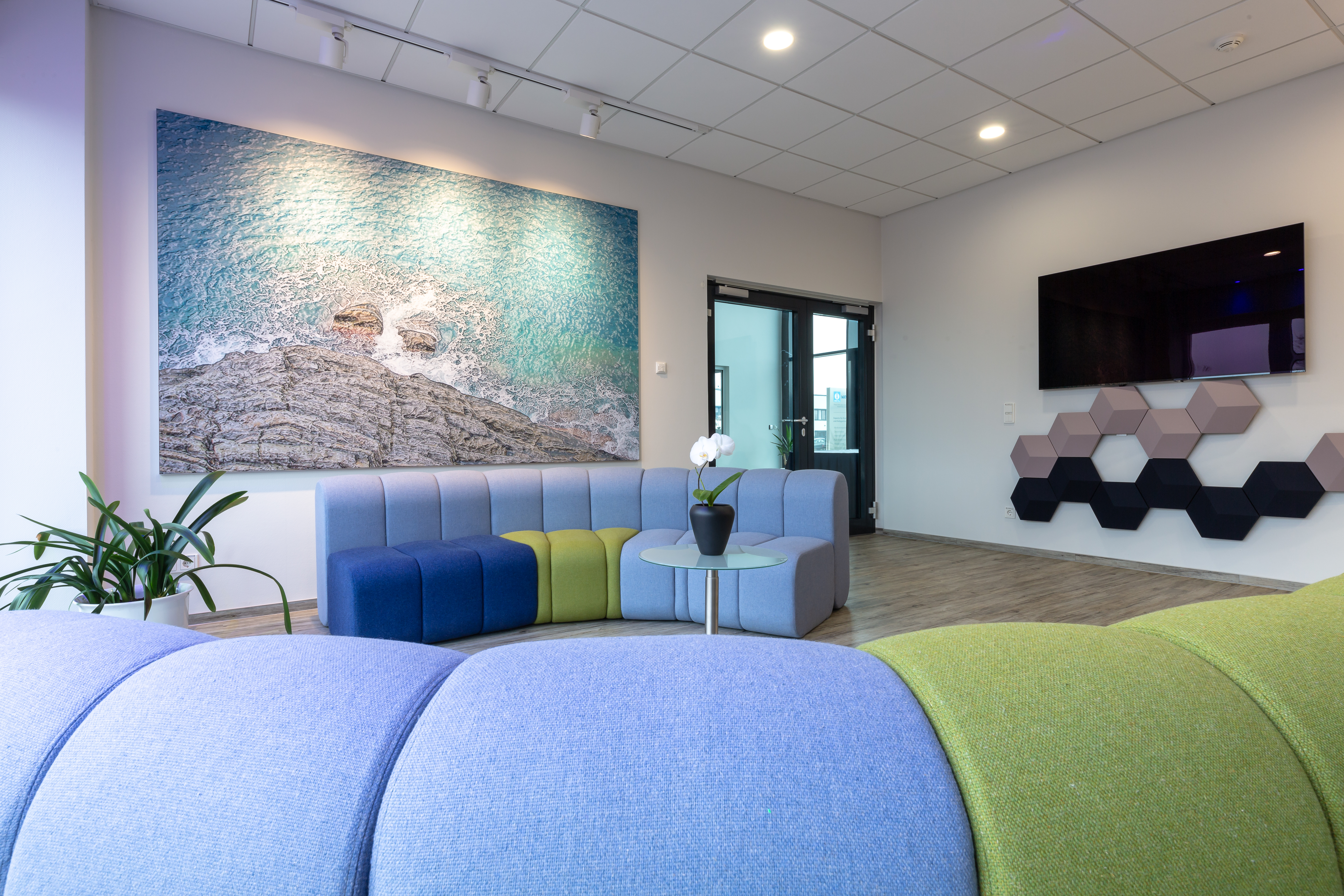Chlorine dioxide in the beverage industry
Chlorine dioxide is mainly produced from hydrochloric acid and sodium chlorite in the beverage industry. Here, 9% hydrochloric acid and 7.5% sodium chlorite are mixed in a reactor and then dosed in the desired concentration for the respective application. Chlorine dioxide can be permanently measured with amperometric or potentiostatic measuring probes. Furthermore, chlorine dioxide is authorised for the disinfection of water in the Drinking Water Ordinance. If a chlorine dioxide system is designed as a batch system, it can be dosed simultaneously at several points. This is proportional to the flow rate or measured value.
Application examples for chlorine dioxide in the beverage industry:
- Fountain water disinfection
- Disinfection of city water
- Fresh water tank CIP system
- Last spraying at the bottle washing machine
- Belt lubrication
- Front table surge
- Filling surge
- Bottle disinfection in the rinser
- Dosing into the permeate downstream of the osmosis
- Use in the bottle pasteuriser
- Alternative to peracetic acid
- Use of sulphuric acid in process water instead of hydrochloric acid





